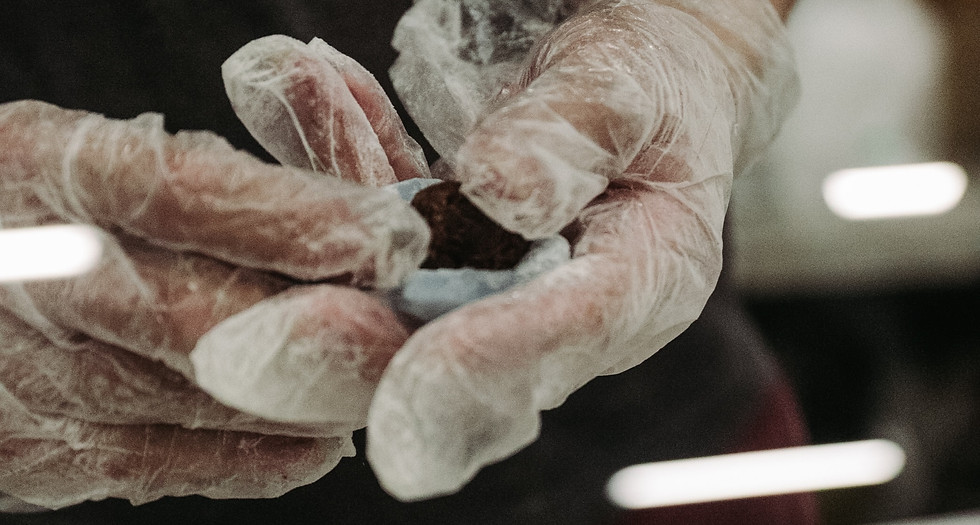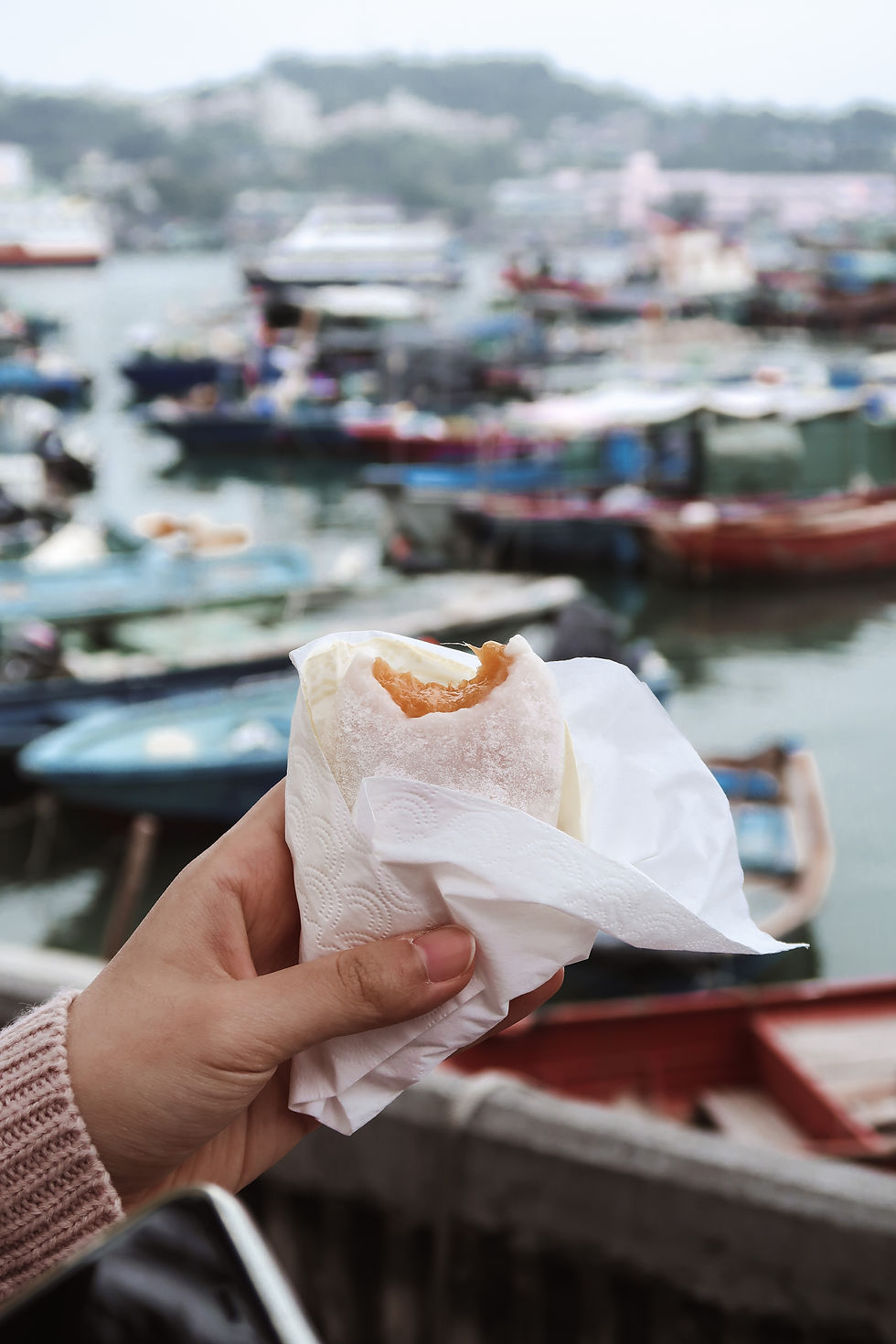Chocolate Mochi (チョコもち)
The Delightful Fusion of Flavors
The Chocolate Mochi


Chocolate Mochi (チョコもち) is a modern variation of traditional Japanese mochi, incorporating the rich taste of chocolate into its soft, chewy texture. Mochi, a rice cake made from glutinous rice, has been a part of Japanese culture for centuries. The addition of chocolate is a more recent innovation, blending East Asian and Western dessert traditions into a unique and indulgent treat.
History and Cultural Background
Mochi has been a staple in Japanese cuisine for over a thousand years, often enjoyed during special occasions like the New Year’s celebration (Oshōgatsu, お正月). Traditional mochi varieties include daifuku (filled mochi), kagami mochi (New Year’s offering), and warabi mochi (jelly-like mochi).
Chocolate mochi emerged in recent decades, likely inspired by Japan’s openness to Western flavors. As chocolate became more popular in Japanese desserts, confectioners experimented with incorporating it into mochi, leading to the creation of chocolate-filled mochi, chocolate-coated mochi, and cocoa-flavored mochi dough.

Types of Chocolate Mochi
There are several ways chocolate is integrated into mochi:


Chocolate-Filled Mochi
(チョコ大福, Choco Daifuku)
Traditional soft mochi filled with a chocolate-based paste, sometimes mixed with ingredients like red bean or cream.
Chocolate-Coated Mochi
A chewy mochi ball dipped in melted chocolate, creating a smooth and glossy outer shell.
Cocoa Mochi
(ココアもち)
Mochi dough infused with cocoa powder for a subtle chocolate taste throughout.
Chocolate Mochi Ice Cream
A modern twist where chocolate ice cream is wrapped in a thin layer of mochi. This variation became especially popular worldwide due to brands like Mikawaya and Mochi Foods.
How Chocolate Mochi is Made
The process of making chocolate mochi involves the following steps:
Ingredients:
-
Glutinous rice flour (もち米粉, Mochiko) – The key ingredient that gives mochi its signature chewiness.
-
Water & Sugar – Essential for making the dough soft and slightly sweet.
-
Chocolate – Can be used as a filling, coating, or flavor mixed into the mochi itself.
-
Cornstarch or Potato Starch – Prevents the mochi from sticking during shaping.


Basic Steps:
-
Prepare the Mochi Dough – Mix glutinous rice flour with water and sugar, then steam or microwave it until it becomes sticky.
-
Shape the Mochi – Flatten the dough and wrap it around a chocolate filling, or mix cocoa powder into the dough itself.
-
Dust & Cool – Lightly coat with starch to prevent sticking and let it set.
Nutritional Information & Dietary Considerations
Chocolate mochi, like other sweets, should be enjoyed in moderation. It typically contains:
-
Carbohydrates (from glutinous rice and sugar)
-
Fats & Antioxidants (from chocolate, especially dark chocolate)
-
Minimal Protein & Fiber
For those with dietary restrictions, alternative versions exist:
-
Vegan Chocolate Mochi – Made with dairy-free chocolate
-
Gluten-Free – Most mochi is naturally gluten-free, making it a great option for those with gluten sensitivities
-
Sugar-Free Options – Some recipes use natural sweeteners like honey or stevia

Popular Uses & Occasions
Chocolate mochi is enjoyed as a snack, dessert, or special treat, especially in:
-
Japanese Festivals & Tea Ceremonies – Served alongside green tea
-
Valentine’s Day in Japan – Given as a unique handmade gift
-
Modern Cafés & Dessert Shops – Featured in fusion-style menus worldwide
.jpg)
Chocolate mochi represents a delicious blend of traditional Japanese confectionery and Western flavors. Whether you prefer it filled, coated, or frozen, this chewy, chocolatey treat continues to gain popularity worldwide.